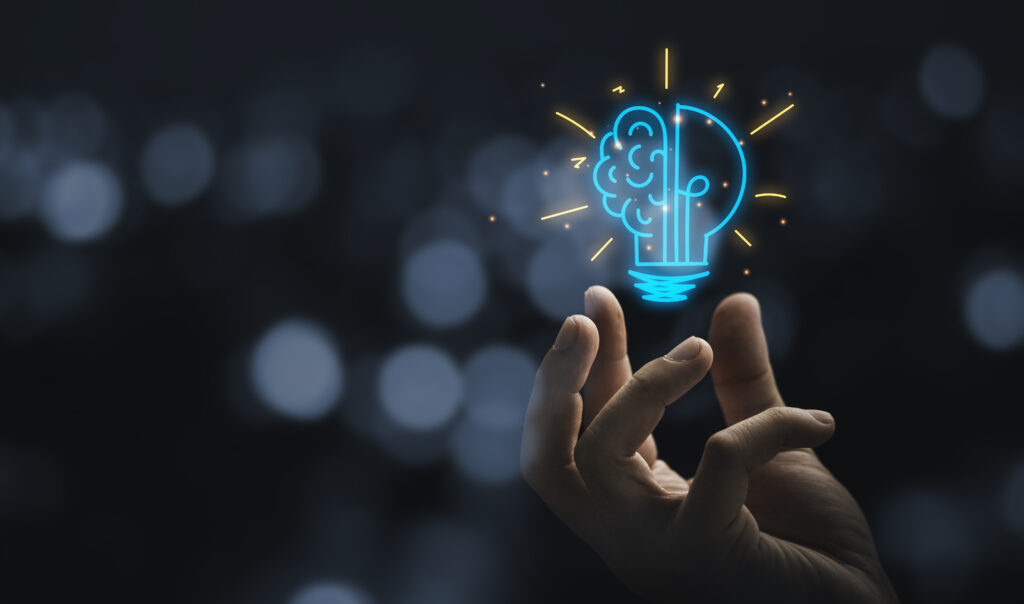Digital transformation is shaking up the life sciences industry in ways we never imagined. From AI-driven drug discovery to digital twins of human organs, we’re in the middle of a revolution that’s making healthcare faster, smarter, and more personalized than ever. Whether you’re a researcher, a biotech entrepreneur, or just someone curious about where the future of medicine is headed, this deep dive into digital transformation in life sciences will give you a front-row seat to the trends and innovations shaping the industry.
Why Digital Transformation in Life Sciences Matters
At its core, digital transformation in life sciences is about using technology to make medicine and research more efficient, accurate, and accessible. Traditional processes in pharmaceuticals, biotech, and healthcare are often slow and expensive. Think about how long it takes for a new drug to go from concept to market—it can take over a decade and billions of dollars. But now, technology is speeding things up, reducing costs, and even making treatments more tailored to individuals.
So, what are the biggest trends driving this transformation? Let’s break it down.
1. AI and Machine Learning in Drug Discovery
One of the most game-changing innovations in life sciences right now is AI-driven drug discovery. Historically, finding new drugs was like searching for a needle in a haystack. Scientists had to sift through thousands (or millions) of compounds, test them, and hope they worked. AI is making this process way more efficient.
How AI is Changing the Game:
- Faster Drug Discovery: AI can analyze massive datasets in minutes and predict which compounds might work as new treatments. Companies like Insilico Medicine and Exscientia are already using AI to design new drugs in record time.
- Better Target Identification: AI helps scientists pinpoint the exact proteins or genes linked to a disease, improving drug targeting.
- Personalized Medicine: AI can analyze patient data to predict which treatments will work best for each person, leading to more effective therapies with fewer side effects.
2. Digital Twins for Personalized Healthcare
Imagine having a digital replica of your body—a “digital twin”—that doctors can use to test treatments before trying them on you. Sounds like sci-fi, right? But it’s already happening.
What are Digital Twins?
A digital twin is a virtual model of a physical object. In life sciences, this means creating digital versions of human organs, cells, or even entire patients. These models can be used to simulate how a disease progresses or how a treatment will work before applying it in real life.
Real-World Applications:
- Heart Models: Siemens Healthineers is creating digital twins of human hearts to test treatments before surgery.
- Cancer Treatment: Researchers can use digital twins to see how different treatments will affect a patient’s specific cancer.
- Drug Testing: Pharma companies can test new drugs on digital organs before moving to human trials, reducing the risks and costs of R&D.
3. Blockchain for Secure and Transparent Data Sharing
Data security is a huge issue in healthcare and life sciences. With patient data, clinical trials, and pharmaceutical supply chains all relying on sensitive information, keeping it safe is a top priority. That’s where blockchain comes in.
How Blockchain Helps:
- Data Integrity: Every entry on a blockchain is permanent and cannot be altered, making it a trusted source for clinical trial data.
- Patient Data Privacy: Blockchain allows patients to control who has access to their medical records, ensuring privacy while allowing researchers to access important health data.
- Supply Chain Transparency: Counterfeit drugs are a major global issue. Blockchain ensures that every drug can be traced from manufacturer to patient, reducing the risk of fake medications.
4. The Rise of Wearable Tech and Remote Patient Monitoring
Gone are the days when you only got health updates during an annual checkup. Wearable technology is giving people 24/7 insights into their health and allowing doctors to monitor patients remotely.
Why This Matters:
- Continuous Monitoring: Devices like the Apple Watch or Fitbit can track heart rate, oxygen levels, and even detect irregularities like atrial fibrillation.
- Chronic Disease Management: Patients with conditions like diabetes or hypertension can be monitored in real-time, reducing hospital visits.
- AI-Powered Health Insights: Wearable tech combined with AI can alert doctors to potential health issues before symptoms become severe.
5. Smart Labs and Automation in Research
The traditional research lab is getting a tech upgrade. Automation, robotics, and AI are turning life sciences labs into high-tech powerhouses.
What’s Changing in Labs?
- Automated Experiments: Robots can now perform routine experiments, freeing up scientists to focus on more complex tasks.
- AI-Driven Analysis: AI can analyze lab results faster and with greater accuracy than humans.
- Cloud-Based Research: Scientists can collaborate across the globe using cloud platforms that store and analyze research data in real time.
6. The Future of Telemedicine and Virtual Trials
The pandemic accelerated the adoption of telemedicine, but it’s not going away anytime soon. Digital health platforms are making it easier for patients to access care without stepping into a hospital.
How Telemedicine is Evolving:
- Virtual Clinical Trials: Patients can now participate in drug trials from home, reducing barriers to participation and making trials more diverse.
- AI-Powered Diagnoses: Some telehealth platforms are using AI to assist doctors in diagnosing conditions remotely.
- Digital Mental Health: Apps like Headspace and Talkspace are making mental health services more accessible.
7. 3D Bioprinting: The Future of Organ Transplants
One of the most mind-blowing innovations in life sciences is 3D bioprinting—literally printing
human organs using biological materials.
What’s Possible with 3D Bioprinting?
- Custom Prosthetics and Implants: Personalized medical implants can be printed on demand.
- Tissue Regeneration: Scientists are working on printing skin, cartilage, and even bone tissue for medical treatments.
- Future Organ Transplants: We’re still years away, but researchers are making progress in printing functional human organs, which could one day eliminate the need for donor transplants.
Final Thoughts: What’s Next?
Digital transformation in life sciences isn’t just about technology—it’s about improving lives. AI, blockchain, digital twins, wearable tech, and 3D bioprinting are not just trends; they’re shaping the future of healthcare in ways that were once impossible.
The big question now is how quickly these innovations will become mainstream. While some, like AI-driven drug discovery and telemedicine, are already here, others, like 3D-printed organs, are still on the horizon. But one thing’s for sure: the life sciences industry will never be the same again.
So, what do you think? Which of these innovations excites you the most? Are we ready for a future where AI helps doctors, digital twins test our treatments, and blockchain keeps our data secure? The future is unfolding right before our eyes, and it’s an exciting time to be a part of it!



